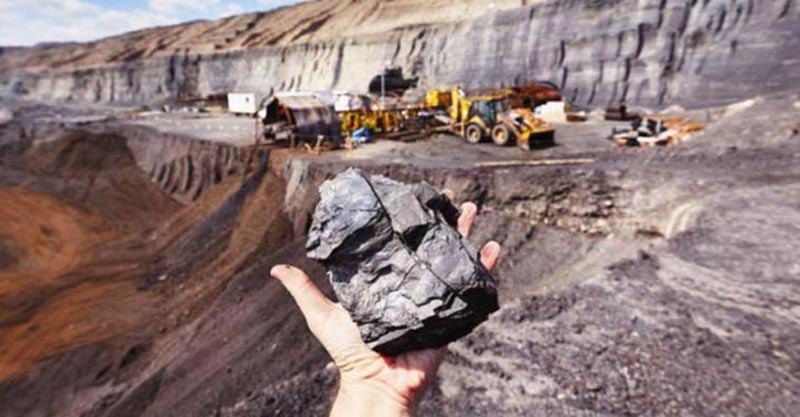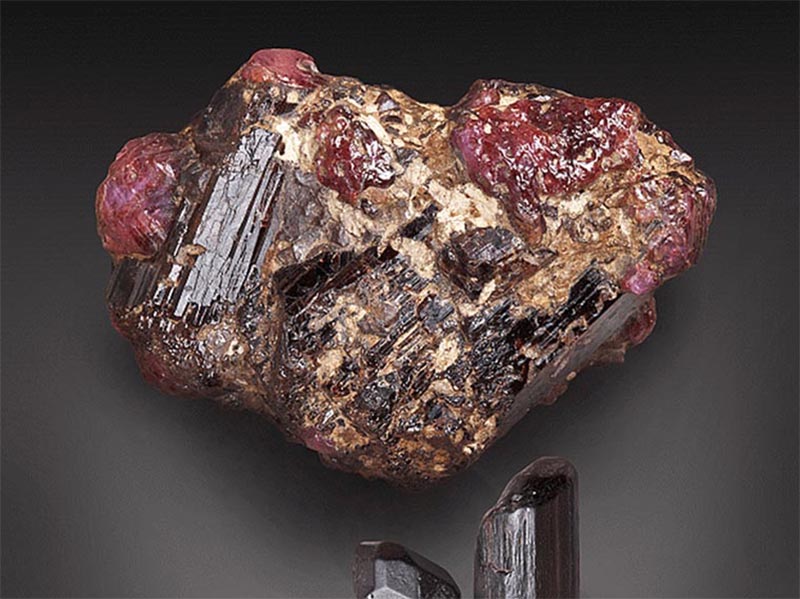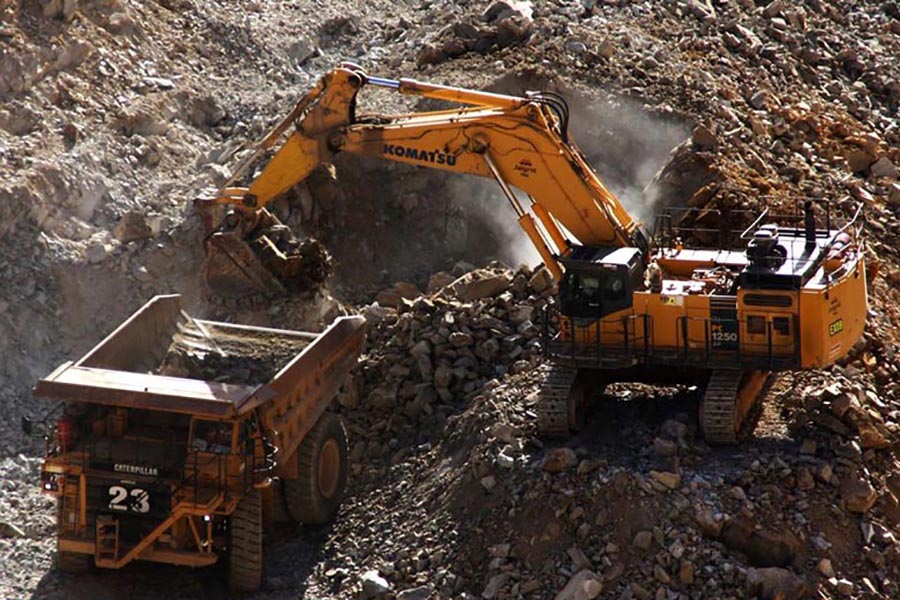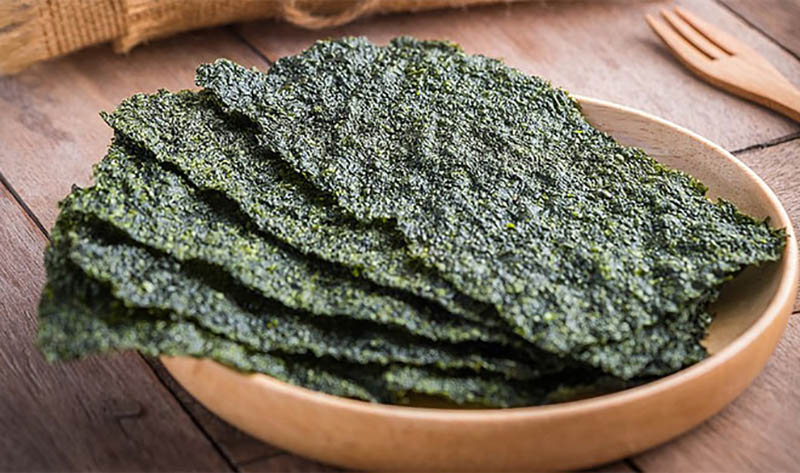The mineral resources reserves in the Earth’s bowels are not unlimited, and sooner or later they will run out. When this happens, humanity will have to look for new ways to maintain civilization.
- The mining of mineral resources is growing not only in terms of amount but also in terms of diversity. Scientists have found that during the civilizations of the Ancient World, humanity used only 19 minerals, in the XVII century – already 28, and at the beginning of the XX century – as many as 60.
- Iron ore always contains some impurities. Well, almost always: deposits of perfectly pure iron have been discovered in Greenland, but they are insignificant, so their industrial value isn’t really high.
- All mineral resources could be divided into three main groups: solid, liquid, and gaseous. But this is a very conditional division – the extracted gas, for example, can be liquefied, and solid minerals can be melted.
- Aluminum is the most common metal in the Earth’s crust, and it is third only to oxygen and silicon among all the chemical elements in terms of prevalence in the crust of our planet. However, aluminum in a pure, impurity-free form, can be found only in the vents of volcanoes, and in small amounts only.
- The extraction of many mineral resources causes huge damage to the environment. Coal mining, for example, especially if it is extracted openly. But lots of companies still produce it from open-cut mines, because it’s cheaper.

- Oil fields don’t really look like something like an underground reservoir of liquid. They are areas of low-density soil soaked with oil and gas, like a sponge.
- Different mineral resources are found in the same deposits quite often. Many of them are very rare in pure form. Natural gas, for example, is usually a by-product of oil production. If there isn’t enough of it, and its processing is unprofitable, it is simply burned, and if there is a lot of it, it is also used.
- Some mineral recourses have very interesting properties. Peat is a powerful preservative, it can store organic matter for centuries, slowing down the process of its decomposition to almost zero levels. Sometimes the bodies of animals and people who died several centuries ago are found in the swamps, but they look as if they died recently.
- Different mineral resources can be formed from the same chemical elements. Coal and diamond are identical in composition, both of them consist of pure carbon, but different results were obtained from the same source material due to different formation conditions.
- Millions of years must pass to get a mineral. Other factors, such as temperature, pressure, and so on, also need to match.
- Some mineral resources extracted from the bowels of the Earth are very valuable but dangerous. For example, uranium used in nuclear energy is radioactive, and its half-life, according to scientists, can exceed 1 billion years. Interesting fact: during the half-life, uranium gradually turns into lead.
- The United States ranks first in the world in natural gas production. Russia takes second place, and 10-15 years ago it took first.
- Sometimes irresponsibility leads to ecological disasters. In 1971, in Turkmenistan, Soviet specialists decided to set fire to the gas in the Darvaza field so that it would burn out and not interfere with further work. Half a century has passed since then, and the Darvaza crater is still burning.
- Mineral resource reserves are not infinite, and they will run out eventually. The peak of oil production has already been passed, and according to scientists, the Earth’s oil reserves will be depleted in about 50-60 years. Oil is still the main energy source for humankind nowadays though.
- The rarest mineral resource in the world is painite, a crystalline mineral first discovered in 1956. Until 2005, there were only 25 crystals of painite in the world, and although there are a few more of them now, painite remains the rarest mineral in the world. One carat of painite costs about 60 thousand US dollars.

- Granite is one of the most widespread mineral resources, it looks nice and it’s durable. But nobody makes the interior decoration of it since it turned out that all the granite is slightly radioactive.
- The world’s first surgical instruments were made of obsidian, a volcanic glass. They were successfully used during operations by doctors of the Maya and Inca peoples who created their empires in South America hundreds of years ago.
- Sometimes a long time passes between the discovery of new mineral resources and the realization of their value. The Spanish conquistadors who discovered America decided that no one would be interested in platinum, and a huge amount of this metal was drowned in the sea so that no one would use platinum to forge phony silver coins.
- The average modern electronic device has more than 35 minerals in it. From the smartphone in your pocket to the computer you rely on for work, modern electronics use gold, copper, zinc, and several other minerals to function properly.
- Some mineral recourses lose their value over time. Coal is much less in demand nowadays than half a century ago, as is monocrystalline quartz, which was widely used in the electrical and optical industries until the 1970s.


